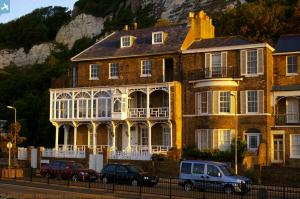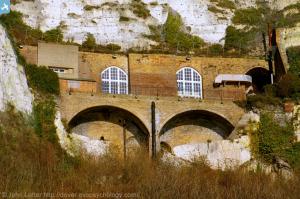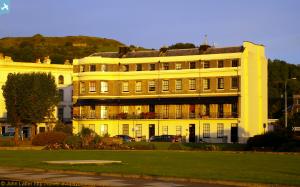EPW000347 ENGLAND (1920). Marine Parade, Dover, 1920
© Copyright OpenStreetMap contributors and licensed by the OpenStreetMap Foundation. 2024. Cartography is licensed as CC BY-SA.
Nearby Images (5)
Details
| Title | [EPW000347] Marine Parade, Dover, 1920 |
| Reference | EPW000347 |
| Date | April-1920 |
| Link | |
| Place name | DOVER |
| Parish | DOVER |
| District | |
| Country | ENGLAND |
| Easting / Northing | 632579, 141526 |
| Longitude / Latitude | 1.3241918730996, 51.12519156945 |
| National Grid Reference | TR326415 |
Pins
 Oceanwanderer |
Tuesday 22nd of March 2022 11:18:36 AM | |
 Graham Yaxley |
Thursday 26th of February 2015 02:01:58 PM | |
 John Latter |
Tuesday 24th of July 2012 05:27:13 AM | |
 John Latter |
Monday 23rd of July 2012 06:26:10 PM | |
 John Latter |
Monday 23rd of July 2012 07:44:09 AM | |
 John Latter |
Monday 23rd of July 2012 06:11:07 AM | |
 John Latter |
Friday 20th of July 2012 04:55:29 PM | |
 John Latter |
Friday 20th of July 2012 08:45:42 AM | |
 John Latter |
Friday 20th of July 2012 08:29:12 AM |
User Comment Contributions
This photo shows the southern end of Dover Castle above East Cliff and Marine Parade with a somewhat murky view of the town beyond. Points of interest include the ruins of Mote's Bulwark (or Moat's Bulwark, built in 1539 by Henry VIII), Charles Lightoller's old home at 8 East Cliff (he was the senior surviving officer of the 1912 RMS Titanic iceberg disaster), and Camden Crescent (where Charles Dickens penned part of Bleak House in 1852). |
 John Latter |
Tuesday 24th of July 2012 05:31:33 AM |
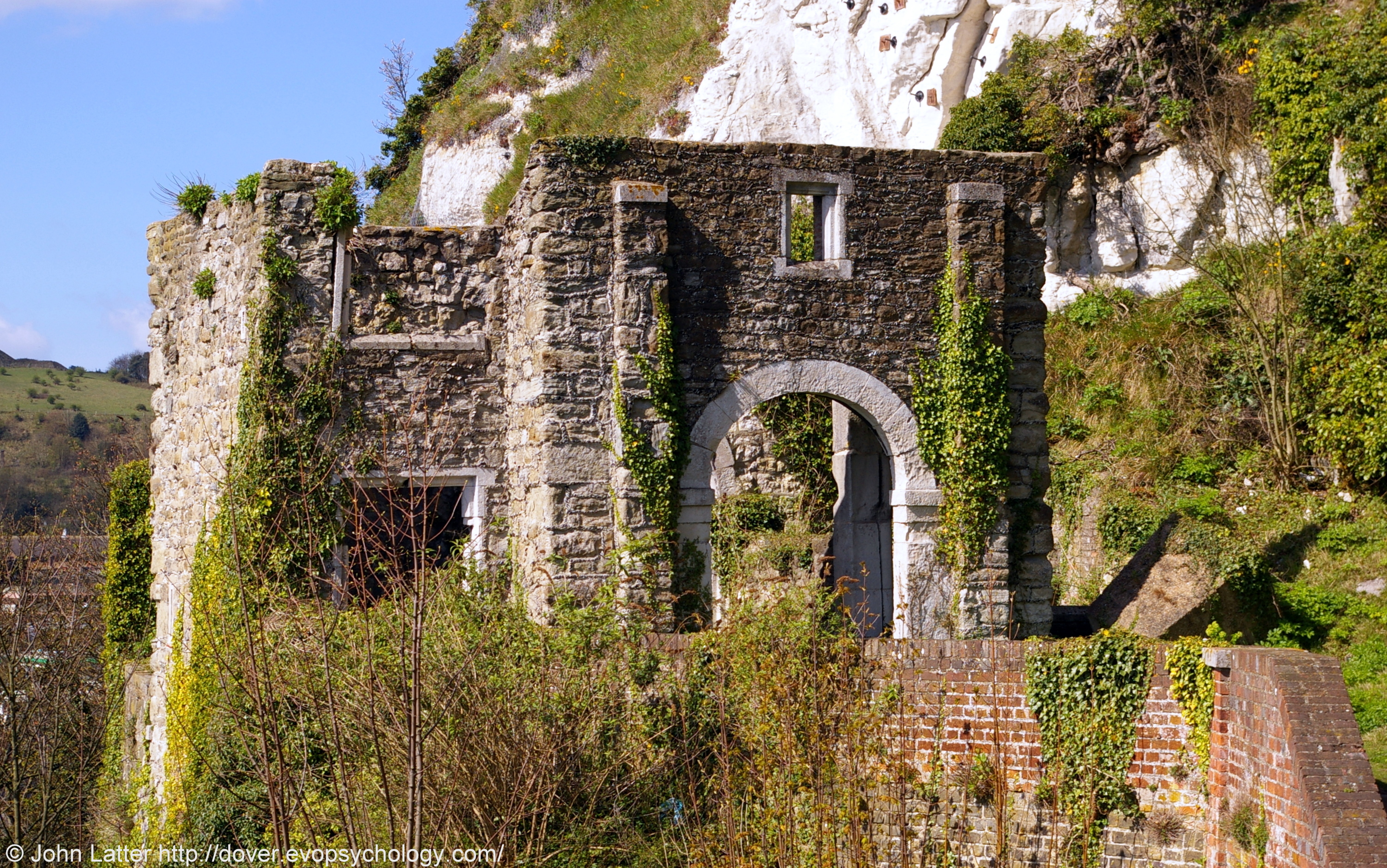 Ruins of Mote's Bulwark Gatehouse on the White Cliffs below Dover Castle, Kent, UK. The Mote, or Moat's Bulwark coastal artillery battery: semi-circular lower level/platform and upper level terrace with West Gatehouse or Guardroon. Built by King Henry VIII on the cliff-face below Dover Castle in 1539. He also built Black Bulwark and Archcliffe Fort (Archcliffe Bulwark). A 16th century plan depicts Mote's Bulwark as a timber revetted platform approached by tunnels in the cliff, although it was remodelled as a large semi-circular battery in around 1750. A Dover British Army, Royal Artillery, and Coastal Artillery history photo. More information on the photo's original webpage: http://www.panoramio.com/photo/56248924 |
 John Latter |
Friday 20th of July 2012 05:00:54 PM |
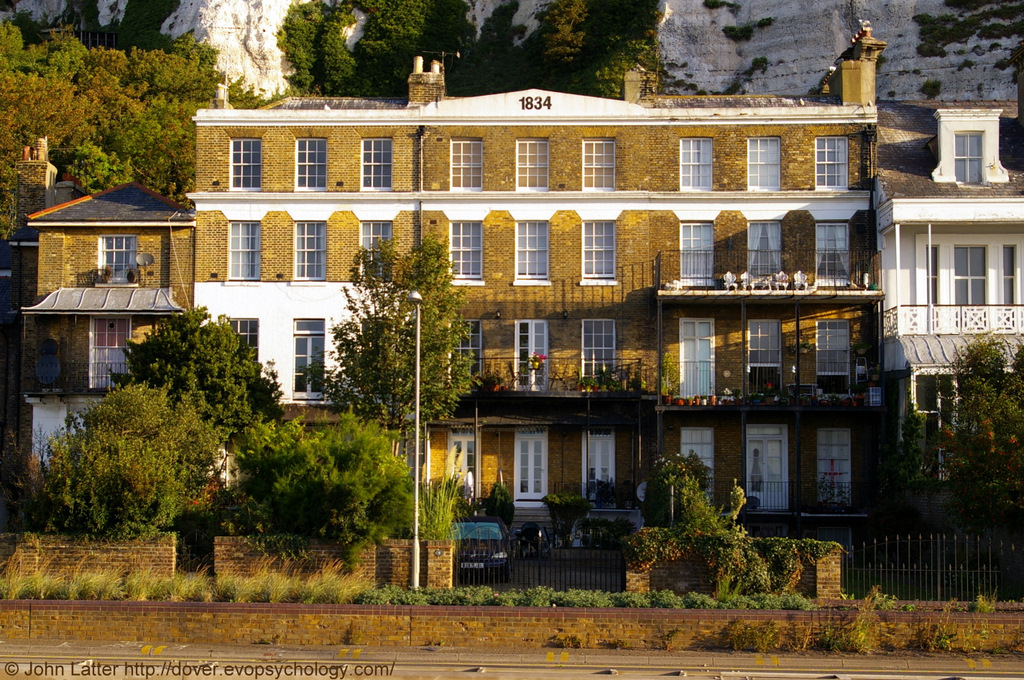 Charles Lightoller of the Titanic and the Spanish Prince blockship of Dover Harbour, Kent, UK "Lights" nearly joined Knight Bachelor 1899 but was "shanghaied" (his own word) into serving on the far less desirable Knight Companion instead. The Knight Bachelor was renamed the Spanish Prince in 1907 In 1912, Lightoller was second mate on, and senior surviving officer of, the RMS Titanic iceberg disaster. The Spanish Prince was subsequently scuttled in Dover Harbour in 1915 for use as a blockship during World War I. Lightoller joined the "Dover Patrol" in 1916 and lived 8 East Cliff (left-hand house in block of 3 in the photo) where he could see the Spanish Prince blockship. No doubt it brought back memories of having been shanghaied! More detailed information can be found at: http://www.panoramio.com/photo/57783367 |
 John Latter |
Sunday 22nd of July 2012 05:22:08 AM |
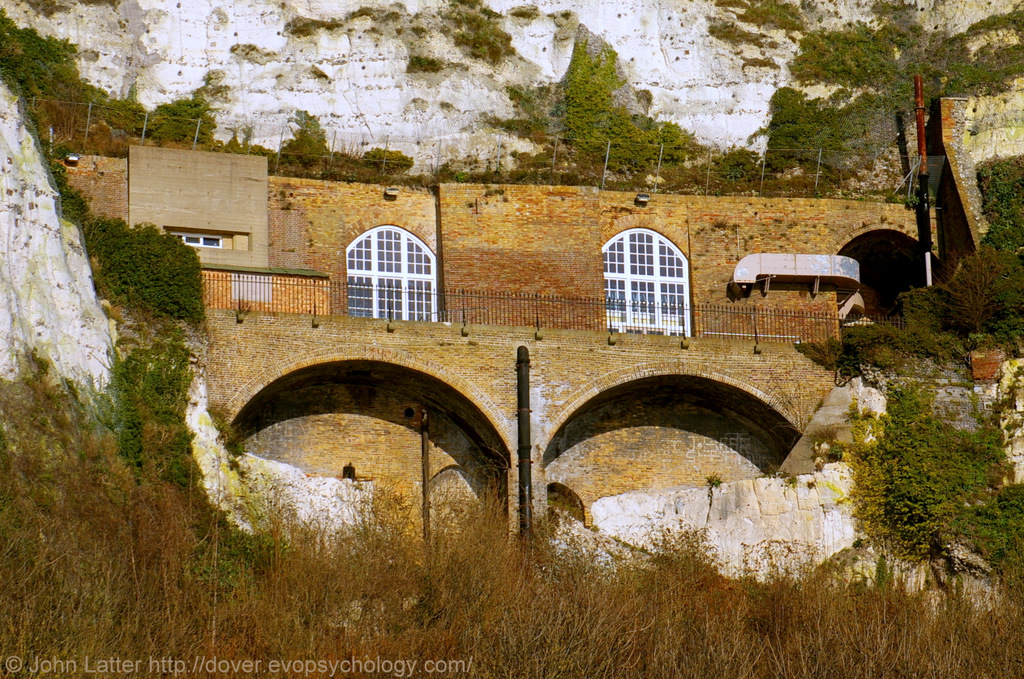 Cliff Casemates Balcony, Secret Wartime Tunnels Entrance, Dover Castle, Kent, UK. Casemates Balcony, locarted 50 feet or so below the cliff-top, is where Prime Minister Winston Churchill and Field Marshall Jan Smuts (alt. Field Marshal) were photographed during World War II. The cliff tunnels the balcony gives access to are much older, of course, and were begun in 1797 by Colonel William Twiss, the Commanding Engineer of the Southern District, as part of his brief to improve the town's defences during the Napoleonic Wars with France. The first troops were accommodated in 1803, and at the height of the Napoleonic Wars, the tunnels housed more than 2,000 men: to date they are the only underground barracks ever built in Britain. More information at: http://www.panoramio.com/photo/49675375 |
 John Latter |
Monday 23rd of July 2012 06:14:57 AM |
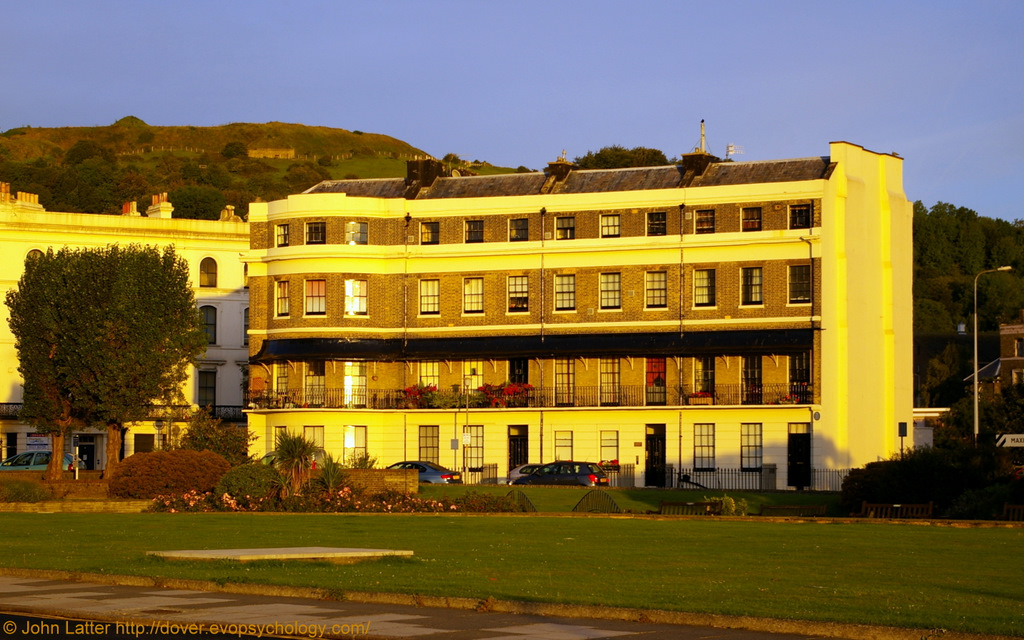 Charles Dickens and the Victorian Camden Crescent, Dover Seafront, Kent, UK The Victorian Camden Crescent (a Listed Building) was built in 1840 and runs from the Indian Mutiny War Memorial in New Bridge (the buildings behind the tree on the left) to Wellesley Road (by the Gateway Flats, out-of-shot to the right). The build date of 1840 is at the juncture of two architectual periods: Georgian architecture and Victorian architecture. A "Blue Plaque" erected by the Dover Society states: "In 1852 CHARLES DICKENS and his family lodged nearby in Camden Crescent while he wrote parts of Bleak House. The author Wilkie Collins was a regular visitor." More detailed information can be found on this photo's original webpage at: http://bit.ly/camdencrescent |
 John Latter |
Monday 23rd of July 2012 07:52:00 AM |
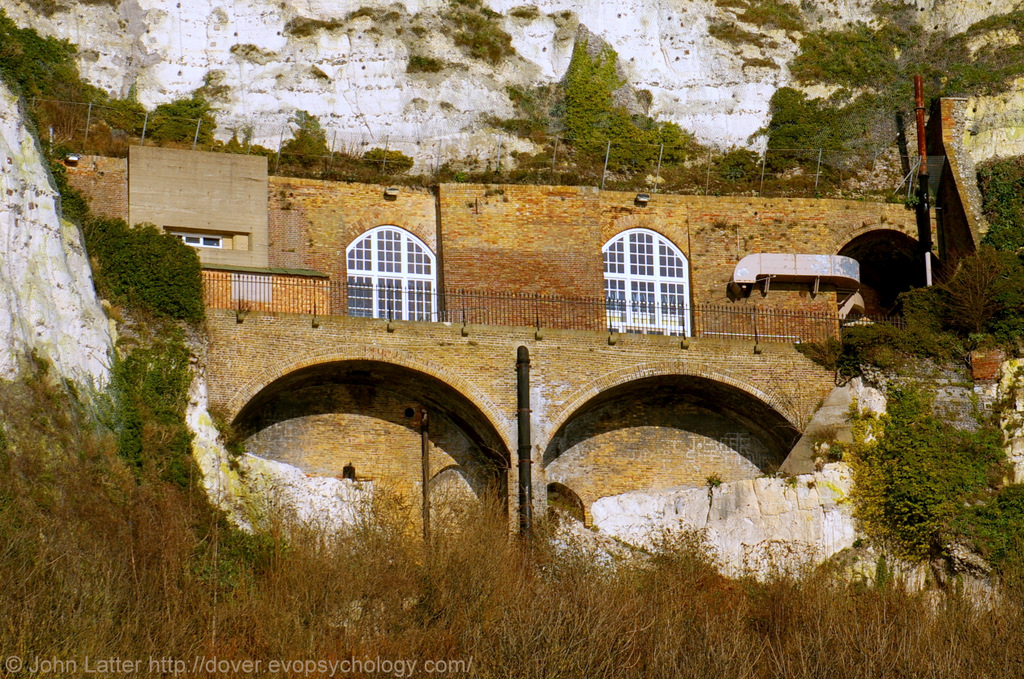 Cliff Casemates Balcony, Secret Wartime Tunnels Entrance, Dover Castle, Kent, UK. Casemates Balcony, locarted 50 feet or so below the cliff-top, is where Prime Minister Winston Churchill and Field Marshall Jan Smuts (alt. Field Marshal) were photographed during World War II. The cliff tunnels the balcony gives access to are much older, of course, and were begun in 1797 by Colonel William Twiss, the Commanding Engineer of the Southern District, as part of his brief to improve the town's defences during the Napoleonic Wars with France. The first troops were accommodated in 1803, and at the height of the Napoleonic Wars, the tunnels housed more than 2,000 men: to date they are the only underground barracks ever built in Britain. More information at: http://www.panoramio.com/photo/49675375 |
 John Latter |
Monday 23rd of July 2012 06:27:19 PM |
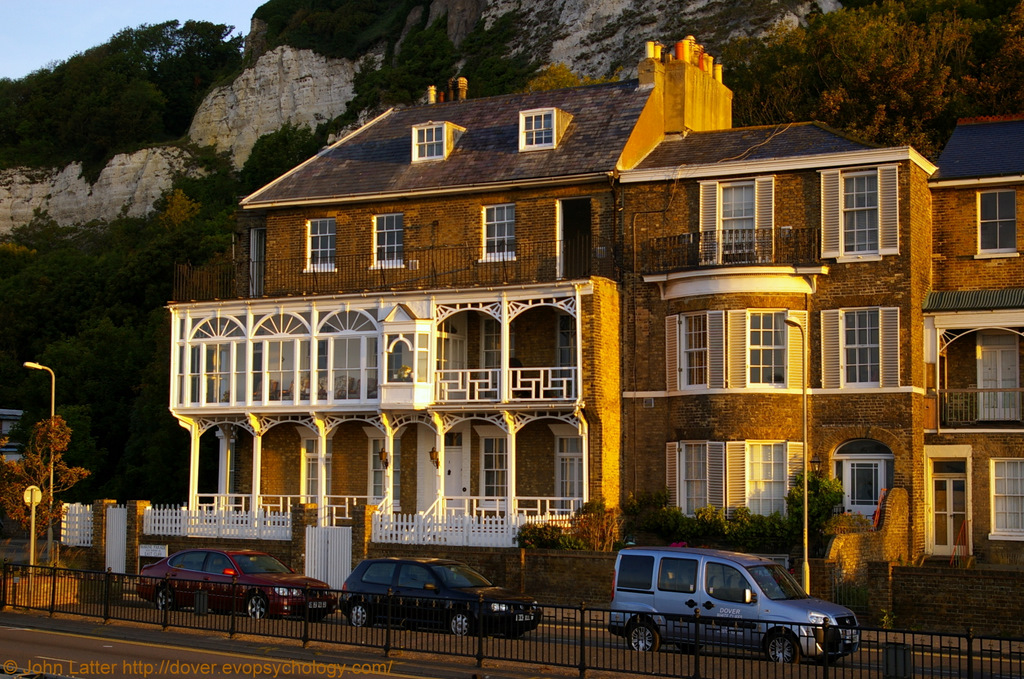 Number 1 East Cliff is the former Georgian home of Lieutenant-General Sir Henry Le Geyt Bruce (1824-1899), Knight Commander of the Bath, and a Listed Building. Educated at King's School Canterbury, Bruce joined Bengal Artillery in 1842, then Royal Artillery post-1857. Bruce served in: "The Gwalior campaign, at Maharajpiu: in the Satlaj campaign, 1845-1846: at Badiwal, Aliwal, Sobraon: in the Panjab campaign, 1848-1849; at Sadulapur, Chilianwala, Gujarat : in the Indian mutiny (Indian rebellion) at the second relief of Lucknow, at Cawnpur and many engagements." Watercolour artist and member of the East India United Service Club Houses of East Cliff are located near Henry VIII's Mote's Bulwark on the White Cliffs of Dover below Dover Castle. A Dover Architecture and British Army history photo. More at: http://www.panoramio.com/photo/58030220 |
 John Latter |
Tuesday 24th of July 2012 05:31:33 AM |
with the lovely long gardens at the beach, in the days before jubilee way and the main road! |
 EWOK |
Tuesday 26th of June 2012 01:07:32 PM |

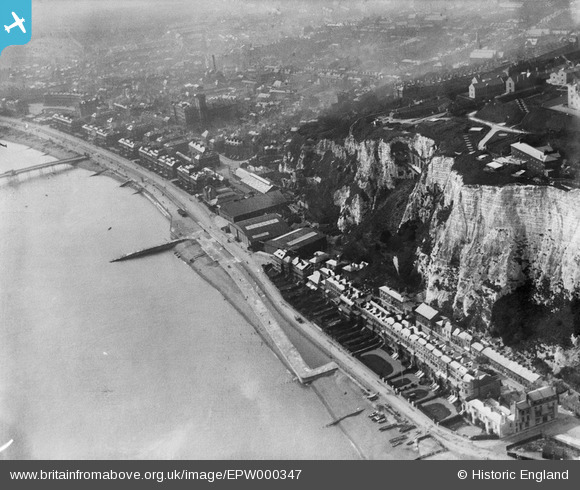
![[EPW000347] Marine Parade, Dover, 1920](http://britainfromabove.org.uk/sites/all/libraries/aerofilms-images/public/100x100/EPW/000/EPW000347.jpg)
![[EAW006160] Dover Castle and environs, Dover, from the south-west, 1947](http://britainfromabove.org.uk/sites/all/libraries/aerofilms-images/public/100x100/EAW/006/EAW006160.jpg)
![[EPW000349] Dover Castle, Dover, 1920](http://britainfromabove.org.uk/sites/all/libraries/aerofilms-images/public/100x100/EPW/000/EPW000349.jpg)
![[EAW007608] The town, Dover, from the east, 1947](http://britainfromabove.org.uk/sites/all/libraries/aerofilms-images/public/100x100/EAW/007/EAW007608.jpg)
![[EAW022988] Dover Castle and the harbours, Dover, 1949](http://britainfromabove.org.uk/sites/all/libraries/aerofilms-images/public/100x100/EAW/022/EAW022988.jpg)
